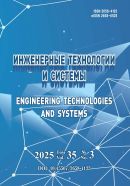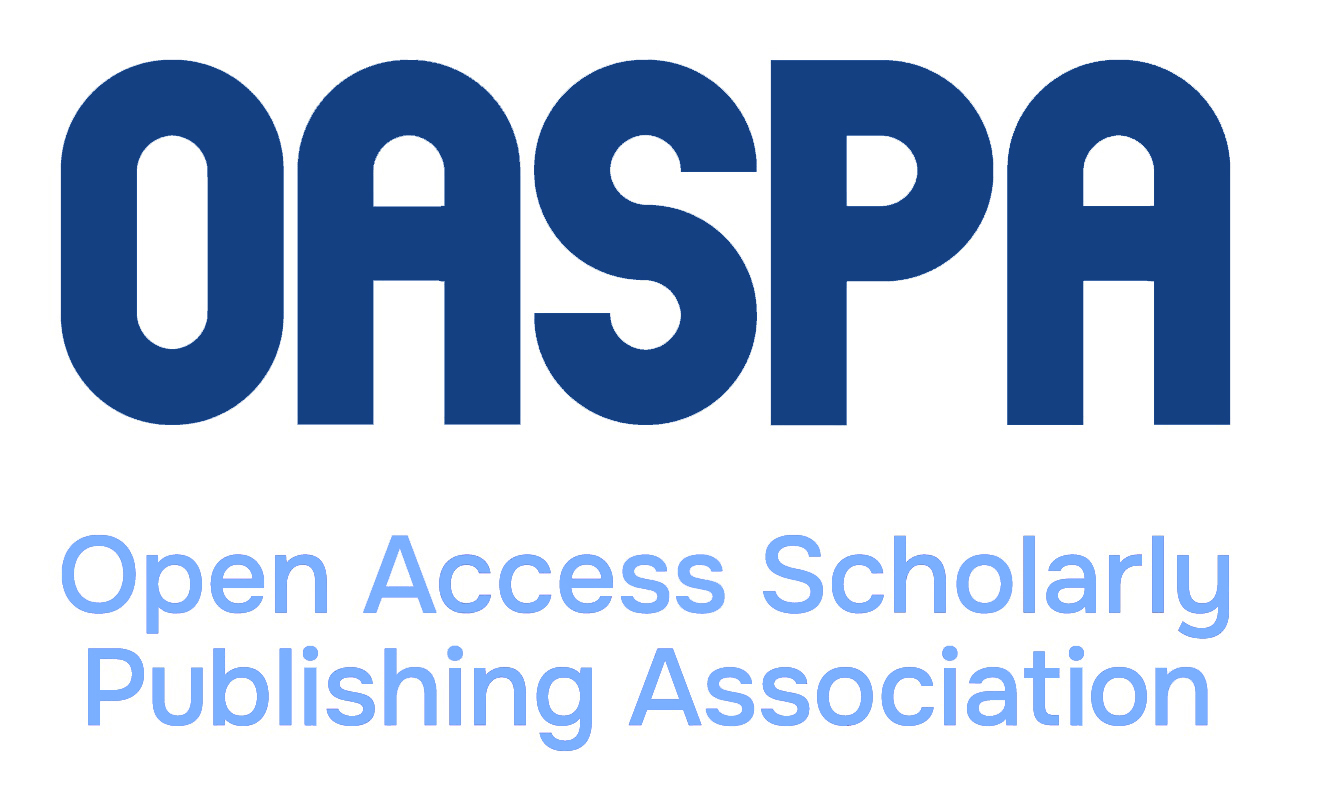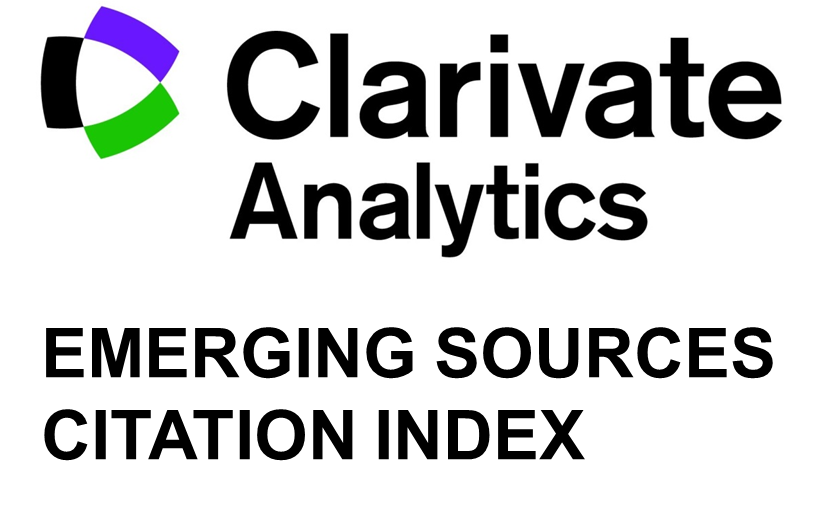DOI: 10.15507/2658-4123.034.202404.563-583
Effect of Animal and Poultry Manure Processing Technologies on Greenhouse Gas Emissions
Aleksandr Yu. Briukhanov
Dr.Sci. (Eng.), Corresponding Member of Russian Academy of Sciences, Director, Institute for Engineering and Environmental Problems in Agricultural Production – branch of FSAC VIM (3 Filtrovskoje Shosse, Tiarlevo, St. Petersburg 196634, Russian Federation), ORCID: https://orcid.org/0000-0003-4963-3821, Researcher ID: B-7550-2018, Scopus ID: 57190026573, SPIN-code: 8932-5083, This email address is being protected from spambots. You need JavaScript enabled to view it.
Anna A. Romanovskaya
Dr.Sci. (Biol.), Corresponding Member of Russian Academy of Sciences, Director, Institute of Global Climate and Ecology named after Academician Yu.A. Israel (20B Glebovskaya St., Moscow 107258, Russian Federation), ORCID: https://orcid.org/0009-0008-8943-170X, Researcher ID: J-8166-2013, Scopus ID: 6603121727, SPIN-code: 3370-6390, This email address is being protected from spambots. You need JavaScript enabled to view it.
Ekaterina V. Shalavina
Cand.Sc. (Eng.), Senior Researcher of the Department of Analysis and Forecasting of Environmental Sustainability of Agroecosystems, Institute for Engineering and Environmental Problems in Agricultural Production – branch of FSAC VIM (3 Filtrovskoje Shosse, Tiarlevo, St. Petersburg 196634, Russian Federation), ORCID: https://orcid.org/0000-0002-7345-1510, Researcher ID: C-1980-2018, Scopus ID: 57190026700, SPIN-code: 4075-6888, This email address is being protected from spambots. You need JavaScript enabled to view it.
Eduard V. Vasilev
Cand. Sc. (Eng.), Leading Researcher of the Department of Analysis and Forecasting of Environmental Sustainability of Agroecosystems, Institute for Engineering and Environmental Problems in Agricultural Production – branch of FSAC VIM (3 Filtrovskoje Shosse, Tiarlevo, St. Petersburg 196634, Russian Federation), ORCID: https://orcid.org/0000-0002-5910-5793, Researcher ID: C-1304-2018, Scopus ID: 57190024035, SPIN-code: 9810-9439, This email address is being protected from spambots. You need JavaScript enabled to view it.
Victoria Yu. Vertyankina
Researcher of the Department of Monitoring Greenhouse Gas Fluxes in Natural and Human-Disturbed Ecosystems, Institute of Global Climate and Ecology named after Academician Yu.A. Israel (20B Glebovskaya St., Moscow 107258, Russian Federation), ORCID: https://orcid.org/0000-0003-3934-7872, Researcher ID: Y-8301-2018, SPIN-code: 6487-8721, This email address is being protected from spambots. You need JavaScript enabled to view it.
Abstract
Introduction. The agricultural sector is one of the most important sources of anthropogenic emissions. The correct accounting of greenhouse gas emissions in this sector depends on technologies used to process animal/poultry manure. To date, there is a lack of research to adjust the methane and nitrous oxide emissions from existing animal/poultry manure storages, because of the variety of technologies used. This is why the methodological approach developed to estimate the annual emissions of methane and nitrous oxide is so important.
Aim of the Study. The study is aimed at determining the impact of manure and litter processing technologies on annual emissions of methane and nitrous oxide.
Materials and Methods. To determine the emission of nitrous oxide and methane, there were calculated mass of animal/poultry manure and its total nitrogen and carbon content; there were analysed manure processing technologies such as long-term manure storing, passive and active composting, biofermentation, drying and granulation, incineration. There were performed calculations for two options: 1) according to the National Inventory of Anthropogenic Emissions, taking into account the share of manure processed with the use of each technology in 2022; 2) according to the actual data of technology distribution in 2022. The predictive estimate for the period up to 2030 was made for regions in the North-Western Federal District of the Russian Federation.
Results. The study analysed animal and poultry housing technologies at three types of enterprises: agricultural organizations, peasant (private) farms, and household farms. There was calculated the animal/poultry manure mass generated at each type of enterprises and determined the share of manure processed with the use of each technology. Based on the data of the North-Western Federal District, there were calculated methane and nitrous oxide emissions in 2022 in CO2-eq.
Discussion and Conclusion. There was estimated the effect of manure collection and storage technologies on methane and nitrous oxide emissions. The obtained data on emissions exceeded by 35.6% (methane) and 14.2% (nitrous oxide) those calculated by the methods used in National Inventory indicating their refinement expediency. Categorization of agricultural enterprises makes calculations simpler for regional and national assessments. The refined data on manure collection and storing technologies and the emissions specific for these technologies will help to perform prediction calculations and determine options for technological upgrading to mitigate GHG emissions.
Keywords: greenhouse gas emission, methane, nitrous oxide, livestock farming, animal/poultry manure processing technologies, nitrogen, carbon
Conflict of interest: The authors declare no conflict of interest.
Funding: The quantity and quality of animal/poultry manure for three types of farms with due account for applied technologies were determined using the databases developed by IEEP – branch of FSAC VIM. MS and MCF coefficients were refined within the framework of the Crucial Innovative Project of State Significance “Unified National System for Monitoring Climate-Active Substances” (Agreement 139-15-2023-004 dated 01.03.2023).
Acknowledgments: The authors express sincere thanks to anonymous reviewers for their time, effort, and valuable help in improving the manuscript.
For citation: Bryukhanov A.Yu., Romanovskaya A.A., Shalavina E.V., Vasilev E.V., Vertyankina V.Yu. Effect of Animal and Poultry Manure Processing Technologies on Greenhouse Gas Emissions. Engineering Technologies and Systems. 2024;34(4):563–583. https://doi.org/10.15507/2658-4123.034.202404.563-583
Authors contribution:
A. Yu. Briukhanov – study concept and guidance.
A. A. Romanovskaya – methodology.
E. V. Shalavina – structure of the manuscript, calculations, comparison of results.
E.V. Vasilev – task setting, literature review.
V. Yu. Vertyankina – formal analysis.
Submitted 23.08.2024;
revised 06.09.2024;
accepted 12.09.2024
REFERENCES
1. Romantseva Yu.N., Bodur A.M., Maslakova V.V., Kagirova M.V. Analysis of the Dynamics and Structure of Greenhouse Gas Emissions in Russian Agriculture. Agrarian Science. 2024;(2):139–145. (In Russ., abstract in Eng.) https://doi.org/10.32634/0869-8155-2024-379-2-139-145
2. Akhmetshina L.G. Opportunities for Russian Agriculture to Reduce Greenhouse Gas Emissions and Adapt to Climatic Changes. Vestnik Altaiskoi Akademii Ekonomiki i Prava. 2022;4(1):5–14. (In Russ., abstract in Eng.) https://doi.org/10.17513/vaael.2129
3. Shalavina E.V., Vasilev E.V., Papushin E.A. Analysis of Technologies for Processing Animal Waste in Different Natural and Climatic Conditions of Russia. AgroEcoEngineering. 2023;3(116):110–124. (In Russ., abstract in Eng.) https://doi.org/10.24412/2713-2641-2023-3116-110-123
4. Tyurin V.G., Mysova G.A., Potemkina N.N., Sakharov A.Yu., Kochish O.I., Biryukov K.N. Veterinary and Sanitary Assessment of Modern Biotechnological Methods of Manure Processing. Problemy Veterinarnoi Sanitarii, Gigieny i Ecologii. 2022;2(42):230–238. (In Russ., abstract in Eng.) https://doi.org/10.36871/vet.san.hyg.ecol.202202012
5. Li L., Liu Y., Kong Y., Zhang J., Shen Y., Li G., et al. Relating Bacterial Dynamics and Functions to Greenhouse gas and Odor Emissions during Facultative Heap Composting of four Kinds of Livestock Manure. Journal of Environmental Management. 2023;345:118589. https://doi.org/10.1016/j.jenv-man.2023.118589
6. Won S., Yoon Y., Ali Hamid M.M., Reza A., Shim S., Kim S., et al. Estimation of Greenhouse Gas Emission from Hanwoo (Korean Native Cattle) Manure Management Systems. Atmosphere. 2020;11(8):845. https://doi.org/10.3390/atmos11080845
7. Chang F., Fabian-Wheeler E., Richard T.L., Hile M. Compaction Effects on Greenhouse Gas and Ammonia Emissions from Solid Dairy Manure. Journal of Environmental Management. 2023;332:117399. https://doi.org/10.1016/j.jenvman.2023.117399
8. Ba S., Qu Q., Zhang K., Groot J.C.J. Meta-Analysis of Greenhouse Gas and Ammonia Emissions from Dairy Manure Composting. Biosystems Engineering. 2020;193:126–137. https://doi.org/10.1016/j.biosystemseng.2020.02.015
9. Meng X., Sørensen P., Møller H.B., Petersen S.O. Greenhouse Gas Balances and Yield-Scaled Emissions for Storage and Field Application of Organic Fertilizers Derived from Cattle Manure. Agriculture, Ecosystems & Environment. 2023;345:108327. https://doi.org/10.1016/j.agee.2022.108327
10. Sobhi M., Gaballah M.S., Han T., Cui X., Li B., Sun H., et al. Nutrients Recovery from Fresh Liquid Manure through an Airlift Reactor to Mitigate the Greenhouse Gas Emissions of Open Anaerobic Lagoons. Journal of Environmental Management. 2021;294:112956. https://doi.org/10.1016/j.jenv-man.2021.112956
11. Kreidenweis U., Breier J., Herrmann C., Libra J., Prochnow A. Greenhouse Gas Emissions from Broiler Manure Treatment Options Are Lowest in Well-Managed Biogas Production. Journal of Cleaner Production. 2021;280(2):124969. https://doi.org/10.1016/j.jclepro.2020.124969
12. Romanovskaya A.A. Estimation of Volumes of Anthropogenic Emissions of Methane in Russian Animal Husbandry. Agricultural Biology. 2008;6:59–65. (In Russ., abstract in Eng.) Available at: https://www.agrobiology.ru/6-2008romanovskaya.html (accessed 11.05.2024).
13. Henry D.D., Osorio A.M., Mejia-Turcios S.E., Vargas D.A., Slaughter L.C., Kohmann M., et al. Effects of Encapsulated Calcium-Ammonium Nitrate on Greenhouse Gas Emissions from Manure of Beef Steers Grazing a Mature Mixed-Winter Forage. Journal of Animal Science. 2021;99:146–147. https://doi.org/10.1093/jas/skab235.269
14. Balsero A.O., Zelt M., Schmidt A.M., Fudolig M., Miller D.N. Effect of Bromoform and Linseed Oil on Greenhouse Gas Emissions from Stored Beef Manure. ASABE Annual International Meeting. 2022;2200416. https://doi.org/10.13031/aim.202200416
15. Wu J.-P., Li M.-L., Wang Y., Lin S., Hu R.-G., Xiang R.-B. Impact of Bentonite on Greenhouse Gas Emissions during Pig Manure Composting and Its Subsequent Application. Journal of Environmental Management. 2023;344:118453. https://doi.org/10.1016/j.jenvman.2023.118453
16. Sokolov V., VanderZaag A., Habtewold J., Dunfield K., Tambong J.T., Wagner-Riddle C., et al. Acidification of Residual Manure in Liquid Dairy Manure Storages and Its Effect on Greenhouse Gas Emissions. Frontiers in Sustainable Food Systems. 2020;4:568648. https://doi.org/10.3389/fsufs.2020.568648
17. Ellison R.J., Horwath W.R. Reducing Greenhouse Gas Emissions and Stabilizing Nutrients from Dairy Manure Using Chemical Coagulation. Journal of Environmental Quality. 2021;50(2):375–383. https://doi.org/10.1002/jeq2.20195
18. Castro‐Herrera D., Prost K., Kim D.-G., Yimer F., Tadesse M., Gebrehiwot M., et al. Biochar Addition Reduces Non‐CO 2 Greenhouse Gas Emissions during Composting of Human Excreta and Cattle Manure. Journal of Environmental Quality. 2023;52(4):814–828. https://doi.org/10.1002/jeq2.20482
19. Romero C.M., Redman A.-A.P.H., Owens J., Terry S.A., Ribeiro G.O., Gorzelak M.A., et al. Effects of Feeding a Pine-Based Biochar to Beef Cattle on Subsequent Manure Nutrients, Organic Matter Composition and Greenhouse Gas Emissions. Science of the Total Environment. 2022;812:152267. https://doi.org/10.1016/j.scitotenv.2021.152267
20. Briukhanov A.Yu., Shalavina E.V., Vasilev E.V. Forecast Distribution of Cattle Manure Processing Technologies in the Russian Federation. Agricultural Science Euro-North-East. 2024;25(3):507–517. (In Russ., abstract in Eng.) https://doi.org/10.30766/2072-9081.2024.25.3.507-517

This work is licensed under a Creative Commons Attribution 4.0 License.

















